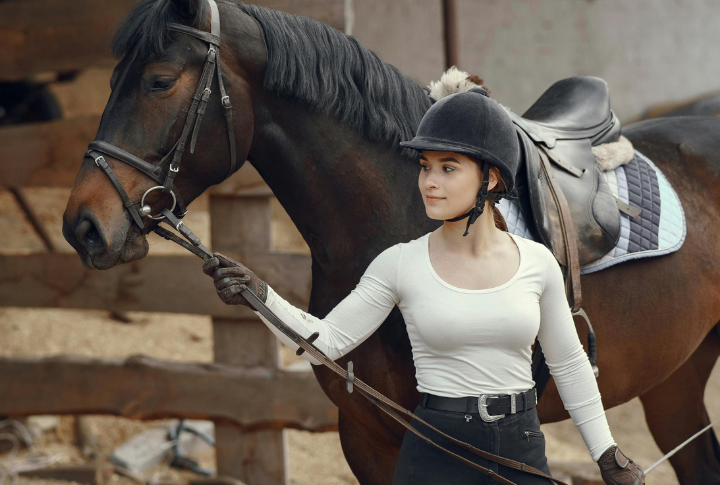
Most horse myths come from a mix of old wives’ tales, movies, and barn gossip that just never seems to die. In reality, horses are complex animals with quirks that don’t always match what’s passed around the paddock. So, before you repeat something you heard from a friend’s cousin who once brushed a pony at summer camp, here are some of the most misunderstood ideas about horse ownership.
Feeding Alfalfa Makes Horses “Hot” And Excitable
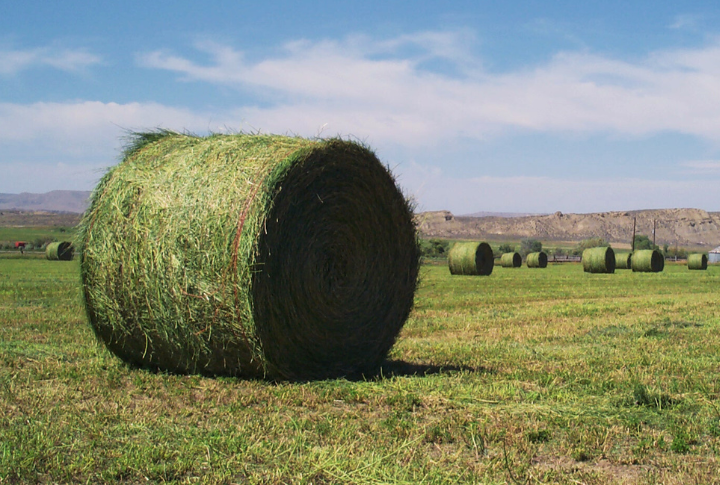
This myth just won’t die, but it’s time to set the record straight. Protein doesn’t cause hyperactivity; sugar and starch do. Alfalfa (or lucerne) is rich in calcium and digestible fiber, not high-energy fuel. Feeding it is like giving your kid grilled chicken, not a sugary soda. If your horse is spinning in circles, the excess energy likely comes from other parts of their diet.
Horses Can Self-regulate Their Diet Based On What They Need
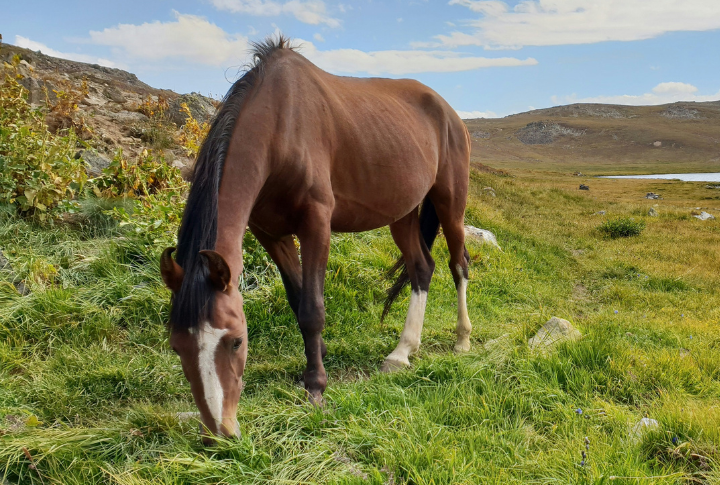
This is false. If horses had “nutritional wisdom,” they wouldn’t eat toxic plants or chew fences when bored. Just because a horse is licking dirt doesn’t mean it needs more magnesium. Usually, it means they’re hungry, bored, or underfed on roughage. Relying on “instinct” is how you end up with vet bills and bad habits.
You Should Avoid Feeding Before A Ride To Prevent Colic
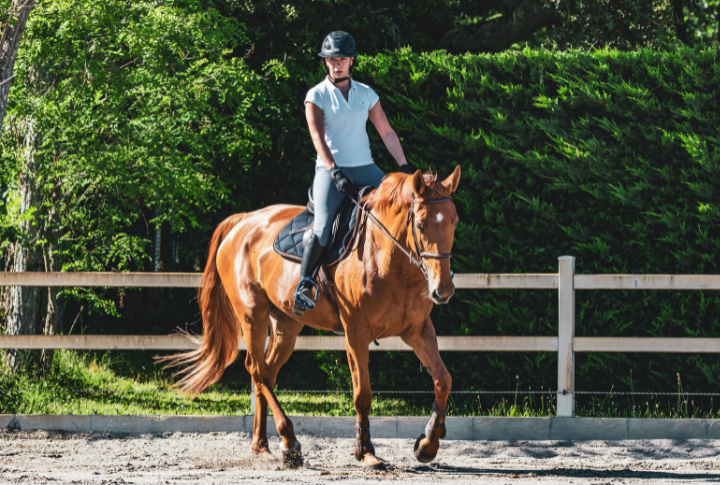
Riding a horse on an empty stomach can actually increase the risk of gastric ulcers. Horses’ stomachs constantly secrete acid, even when they’re not eating. Giving them a bit of forage—or, even better, a handful of alfalfa—before riding or exercising helps create a buffer. It acts like a protective layer against stomach acid, preventing irritation rather than triggering digestive issues.
Horses Need Grain Every Day To Stay Healthy
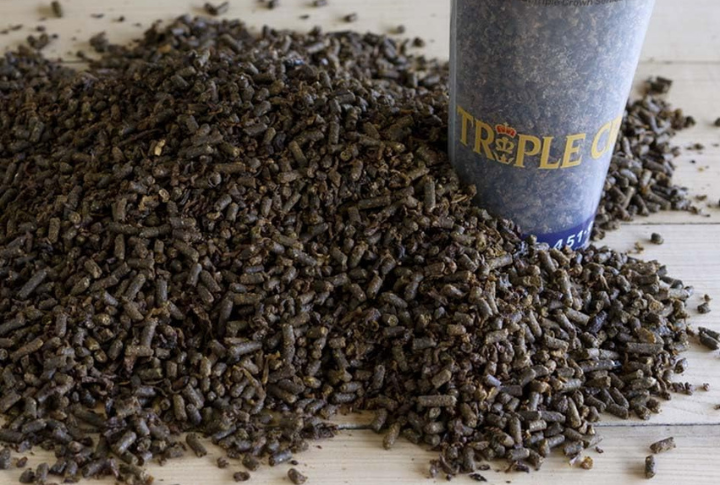
Not true. Forage is the foundation of their diet. As a baseline, horses require 1.5–2% of their body weight in hay or pasture daily. “Hard feeds” like grain or pellets should be used to fill specific nutritional gaps, not replace roughage. Think of grain as a multivitamin, not a meal. Skipping forage will disrupt their gut health fast.
Bran Mashes “Flush Out” The System And Keep Horses Warm
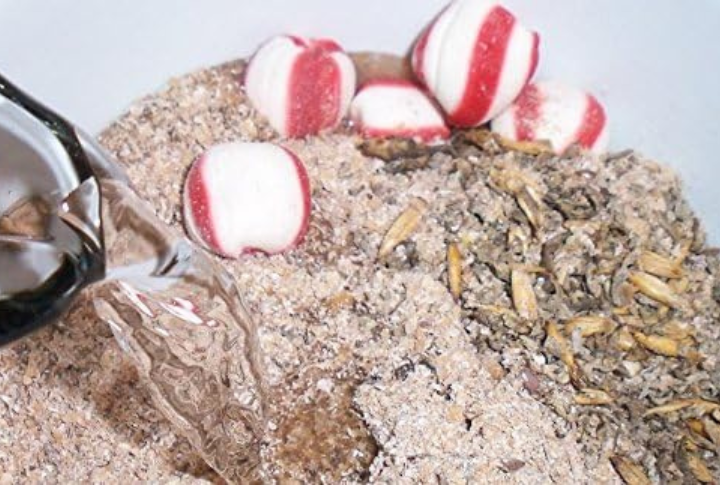
Bran has no magical cleansing powers. If it makes a horse’s stool lose, it’s because you changed their diet too quickly, not because it’s detoxing them. And warm bran won’t warm your horse. Fermenting fiber, like hay, produces real internal heat. Save the mash if it makes you feel better, but don’t rely on it.
High-Protein Diets Will Make Your Horse Wild
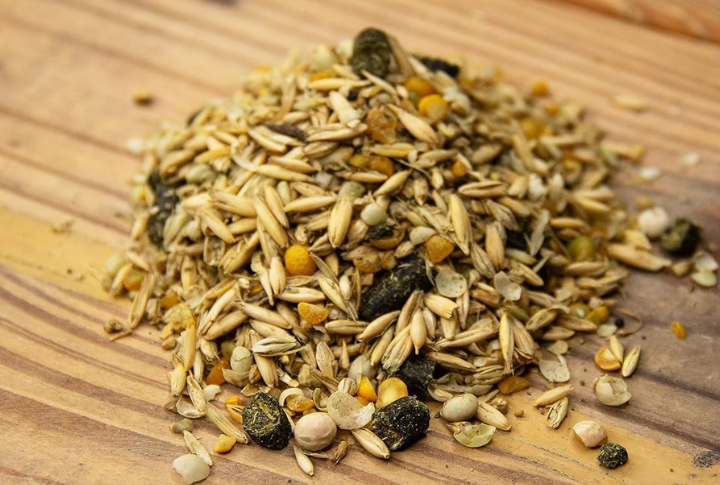
Bad behavior doesn’t stem from protein ingestion; excess sugars and lack of exercise or pasture time are the real culprits. Protein is used for muscle repair and body maintenance, not for energy. Unless your horse has a kidney disease (which is rare), protein isn’t a concern. What matters is promoting lean mass, not causing a sugar crash.
You Can Just Feed Grain A Few Times A Week To “Top Them Up”
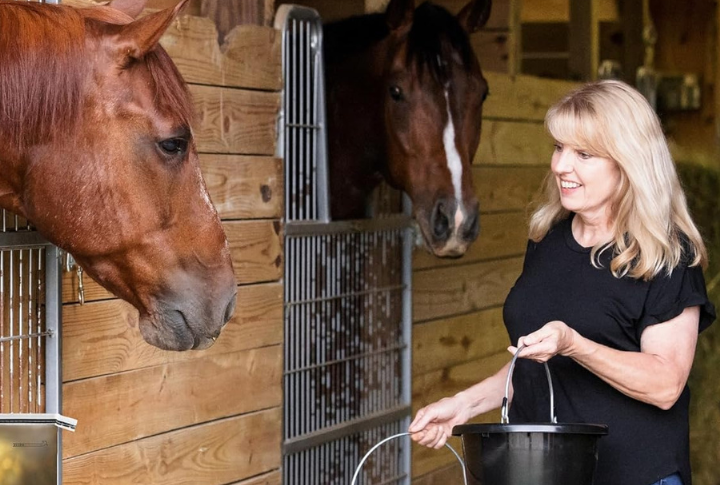
Horses don’t store vitamins like a savings account. They excrete excess, and they don’t retain nutrients for days on end. Giving them a huge feed once or twice a week just overwhelms their digestive system and leaves them deficient the rest of the time. Daily, consistent feeding—especially of forage—is the only real way.
Letting A Horse Lie Down With Colic Is Dangerous
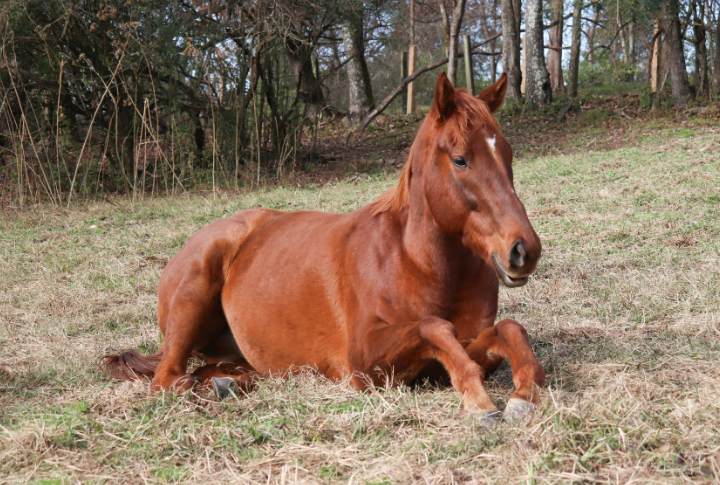
Old advice claimed to walk a colicking horse to prevent gut twists. What we know now is that walking helps if they’re trying to roll violently—but if they’re lying quietly, leave them be. Forcing movement can cause more stress. Colic isn’t about posture but what’s going on inside the gut.
Cold Water Causes Colic After Exercise
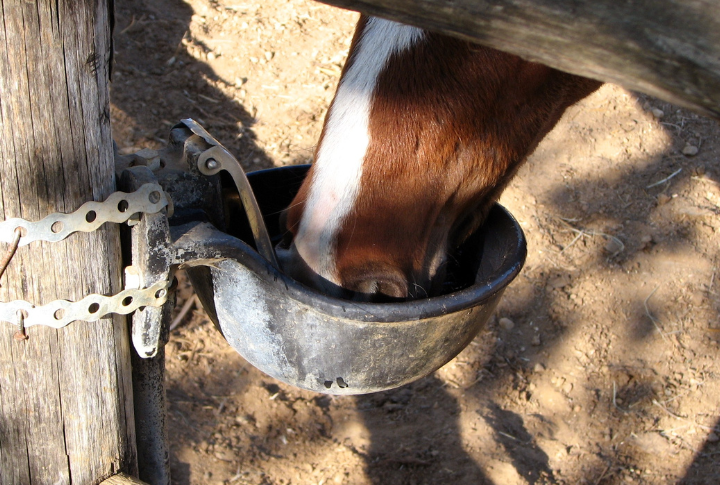
Hydration prevents colic; it doesn’t cause it. Withholding water after a ride is one of the worst things to do. Horses should always have access to clean water—even when hot and sweaty. They might not guzzle it immediately, but they’ll drink when ready, and that’s better than risking impaction or dehydration.
A Horse’s Stomach Should Be Empty During Exercise
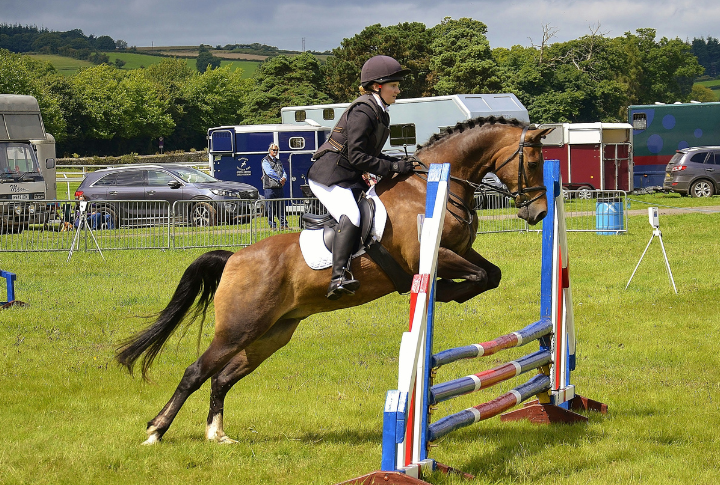
This idea is not only wrong, it’s harmful. An empty stomach allows acid to slosh up and irritate the upper lining—one of the biggest triggers for ulcers. Some hay before a ride is beneficial. It helps protect the stomach lining, keeps them more comfortable, and improves focus under the saddle.
Underweight Horses Should Be Stuffed Full As Soon As Possible

The urge to quickly nourish a malnourished horse is understandable, but overfeeding too fast can trigger refeeding syndrome—a dangerous, potentially fatal imbalance in electrolytes and fluids. The recovery process must be gradual. Slowly introduce feed, focusing on fiber, and allow the digestive system to adapt. Rapid changes can result in colic, laminitis, or more serious issues.
All Horses Need Shoes
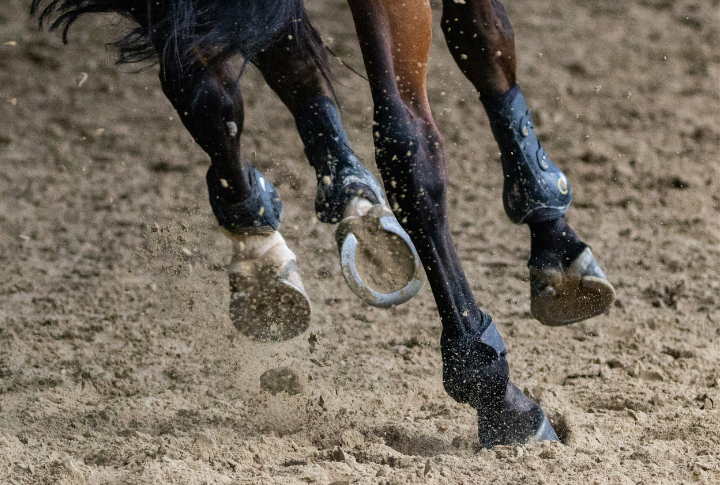
Shoes aren’t always necessary. Some horses thrive barefoot, depending on their workload and hoof health, while others may require corrective or protective shoeing to remain sound. It’s not just tradition; it’s about meeting your horse’s specific needs. Hoof boots can often provide an effective alternative for trail riding over rocky terrain.
White Hooves Are Weaker Than Black Ones
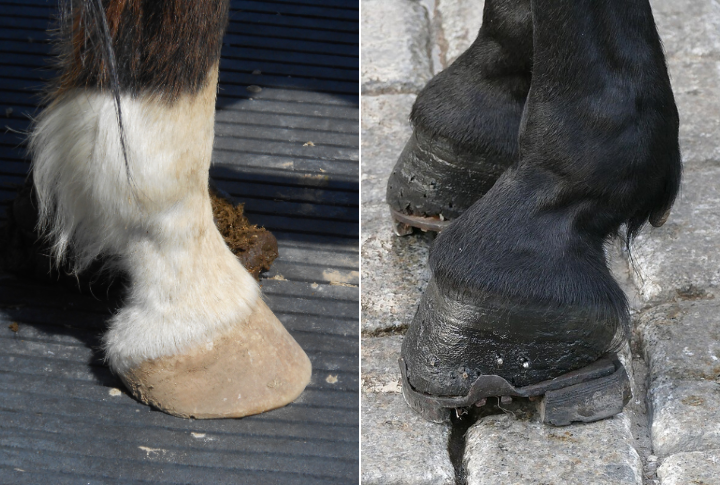
This one’s been floating around barns forever, but it’s nonsense. There’s no structural difference between white and black hooves; it’s purely cosmetic. What matters more is trimming schedule, diet, genetics, and hoof care. Some white hooves chip more, but it’s usually due to neglect or poor breeding, not the color itself.
Horses Only Sleep Standing Up

Thanks to a “stay apparatus” in their legs, horses can sleep standing. But for REM sleep—the kind that restores their body—they have to lie down. Horses need about 30 minutes of REM sleep daily, usually in short bursts. If a horse never lies down, it’s likely anxious, in pain, or in the wrong environment.
Feeding From Raised Hay Nets Is Better Than The Ground
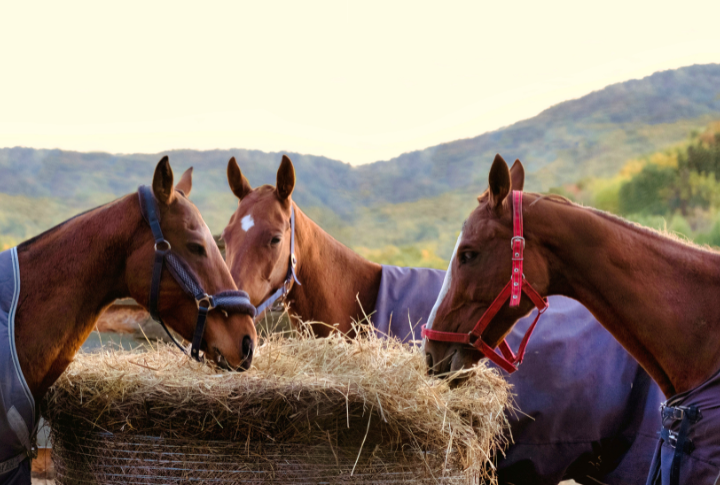
In most cases, ground-level feeding is more natural. It helps align their jaws for better chewing, supports respiratory health, and slows down fast eaters. But there are exceptions; muddy or sandy soil can cause problems if hay is dropped directly. In that case, a low hay net tied safely is a solid compromise.
Only Rich People Can Afford Horses

Owning a horse is expensive, yes, but not every rider is throwing cash into Olympic-level barns. There are backyard set-ups and budget-friendly agistment options that make horse ownership doable. Lesson barns and leasing can keep you in the saddle without full ownership. It’s not all champagne and custom tack.
Horses Are Just Big Dogs
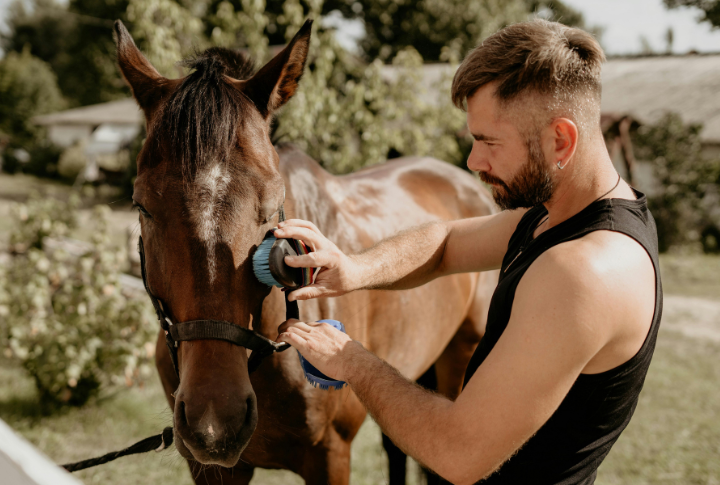
Verdict? A lie. Dogs are predators wired to please. Horses are prey animals. They are more sensitive, reactive, and less forgiving of inconsistent handling. You can’t “alpha” a horse into obedience. They need trust, clarity, and repetition. That said, some horses absolutely love human interaction. Just don’t expect tail wags and fetch.
Any Horse Can Do Any Discipline
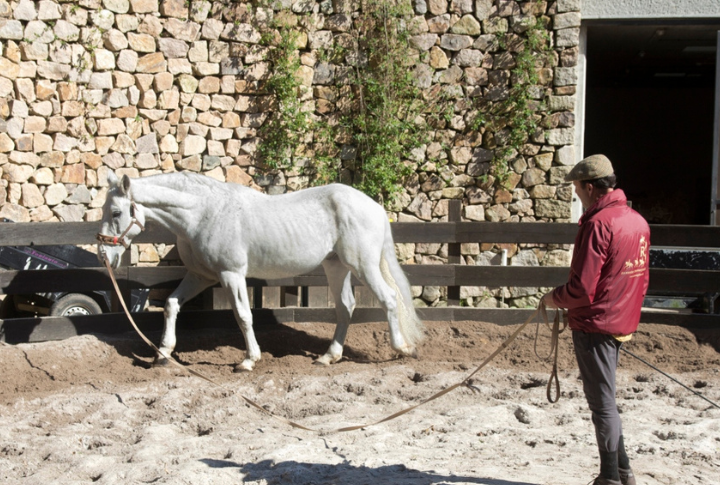
Technically, yes, but it depends on what level you’re aiming for. A Quarter Horse can jump, but it won’t out-jump a purpose-bred Warmblood. Breeds are built for different tasks. If you’re chasing ribbons, you’ll want the right conformation and temperament. But for fun, confidence-building rides? A well-trained horse of any breed can shine.
Mares Are Easier To Handle Than Geldings
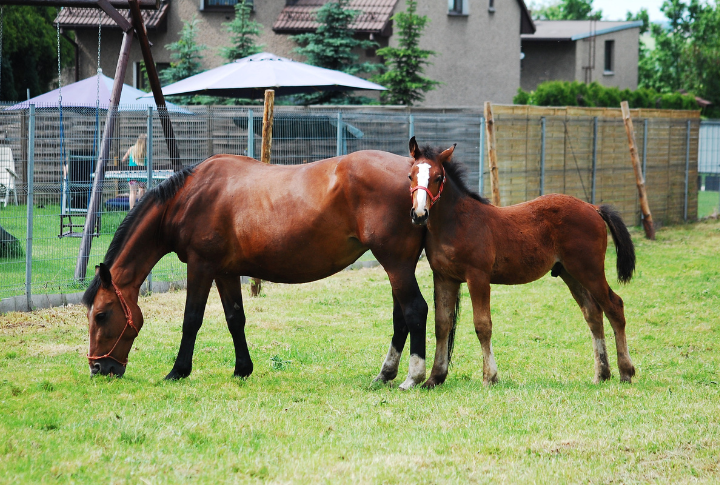
Some mares are saints. Others are hormonal landmines. Geldings tend to be more consistent temperament-wise, but mares are often more opinionated and sharp. It really depends on the individual horse and their history. Don’t assume a mare will be “gentle” just because she’s female. In a herd, mares usually run the show.
Behavior Modification Is A Scam

Modern training is grounded in real science: Positive reinforcement, desensitization, shaping, and timing. You’re not just “spoiling” a horse by rewarding good behavior; you’re helping them learn. Good training is good communication. If you’re still relying on fear or brute force, you’re bullying your horse, and it might retaliate. Be careful.

